W Hotels Designers of the Future Award, 2012
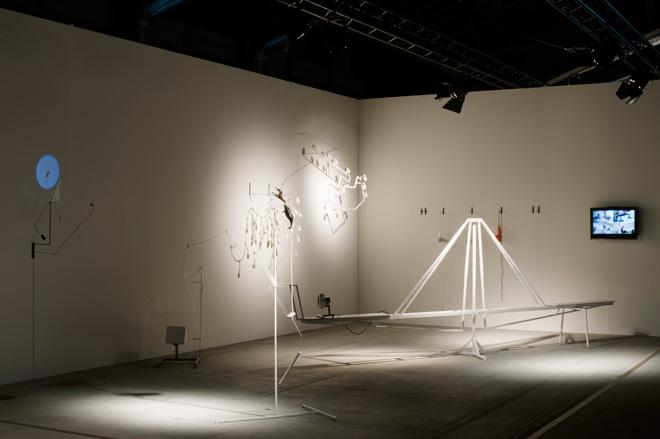
One of the more surprising pieces at Design Miami/ Basel last week was a see-saw by Tom Foulsham. When two people sat perfectly balanced at either end, it could be made to slowly revolve using only the power of their breathing - or for a slightly wilder ride, a hairdryer. It attracted a good deal of attention and enquiries from collectors (and their kids) even before its official unveiling, but according to Foulsham, it's still really a work in progress.
Foulsham, who is based in London, trained at the Royal College of Art and is one of this year’s three recipients of the W Hotels Designers of the Future Award, now in its third year. With Philippe Malouin and Markus Kayser making up the trio, the full installation was one of the highlights of the Design Miami/ Basel fair. Responding to the brief 'From Spark to Finish', the designers all created new works for the show that highlighted the creative process.
In recognising innovative and emerging design studios, the award seeks to provide the designers with a global platform to showcase their work, while also developing working relationships between the W brand and the winners that will later play out in their rapidly-increasing portfolio of properties. Picked by an international jury of especially clued-up design experts, the list of past recipients includes Asif Khan and Mischer'Traxler (winners of the 2011 award) and Raw-Edges.
Markus Kayser, a German-born designer who also studied at the Royal College in London and has already been headhunted by MIT, garnered much attention for his astounding graduate project, the Solar Sinter - a machine powered by the sun’s rays, which melts sand and 'prints' it into glass objects using rapid prototyping technology. His project for W is called Lightzeit, and explores ways in which the ever-changing qualities of natural light can be harnessed artifically.
A minimal light installation comprising tubular lights and globes, the intensity and colour temperature of the space changes according to the time of day and geographic location, reconnecting it to the natural rhythm. It can also be set manually, making it a perfect jetlag remedy that W might want to look at installing in its rooms.
Philippe Malouin’s project - one of the more photogenic pieces in the fair - is called Daylight. A series of 'artificial windows' inspired by plantation shutters, in the familiar geometric shapes that make up a Tangram, the shutters contain an artificial light source designed to mimick natural daylight and give the impression of a real window behind it. The light intensity can be adjusted by manipulating the angle of the shutters. Malouin, also London based, is originally from Canada, and studied at the Design Academy Eindhoven.
In Foulsham's space, the 'Go-Round' see-saw is joined by a number of other fascinating balancing acts. Among them is an up-side-down toy giraffe, its entire body weight delicately balanced via a cantelevered system on the nose of a whale. A tiny propeller powers it with the momentum to spin slowly around. Like all of his pieces on show though, it's continuously evolving: Foulsham says he is already in the process of building a life-sized version back in London. Watch this space - because at this rate these three designers will need a lot of it.
Foulsham talks us through his projects
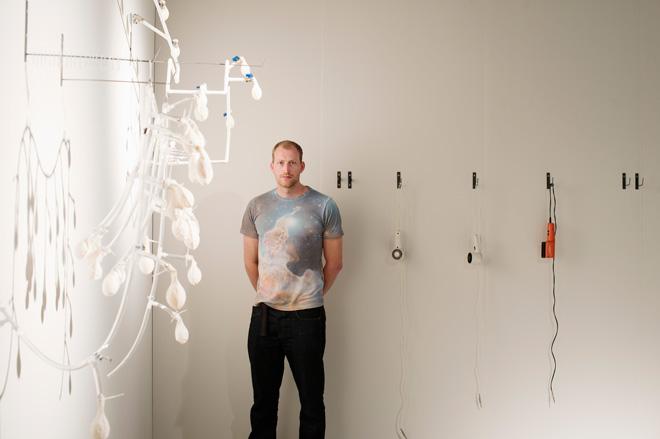
The designer and the accessories of 'Go-Round': a 'balloon dress' and hairdryers

'Daylight' is a series of 'artificial windows' that contain a light source designed to mimick natural daylight
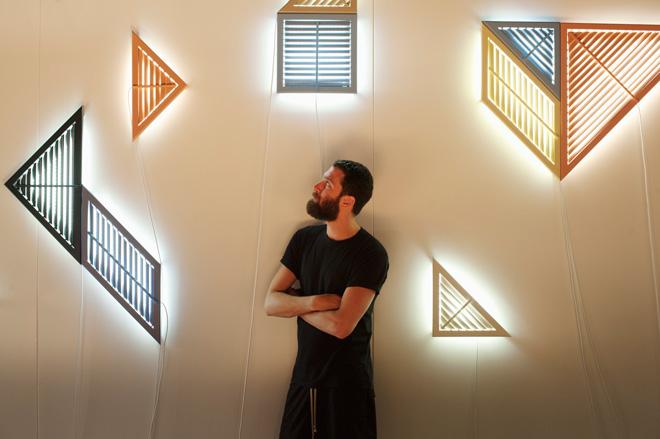
Inspired by plantation shutters, the 'windows' are in the familiar geometric shapes that make up a Tangram
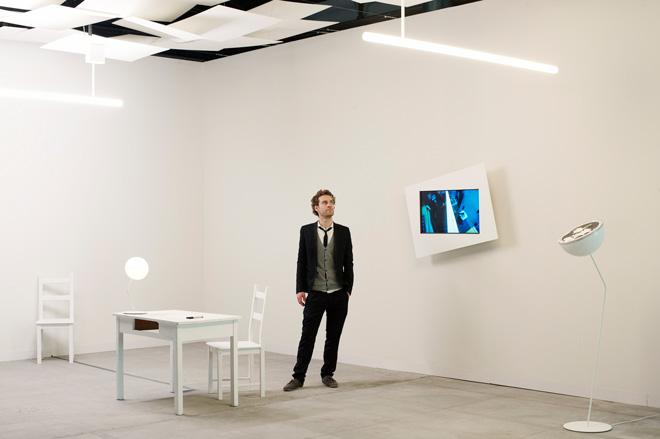
German-born Markus Kayser, who has already been headhunted by the MIT, exhibited his project titled 'Lightzeit'
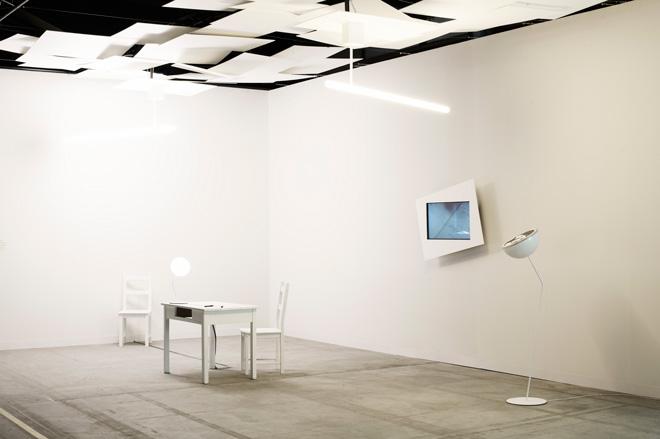
'Lightzeit' explores ways in which natural light can be harnessed artifically. A minimal light installation, it comprises tubular lights and globes. The intensity and colour temperature of the space changes according to the time of day and geographic location
Receive our daily digest of inspiration, escapism and design stories from around the world direct to your inbox.
Henrietta Thompson is a London-based writer, curator, and consultant specialising in design, art and interiors. A longstanding contributor and editor at Wallpaper*, she has spent over 20 years exploring the transformative power of creativity and design on the way we live. She is the author of several books including The Art of Timeless Spaces, and has worked with some of the world’s leading luxury brands, as well as curating major cultural initiatives and design showcases around the world.
-
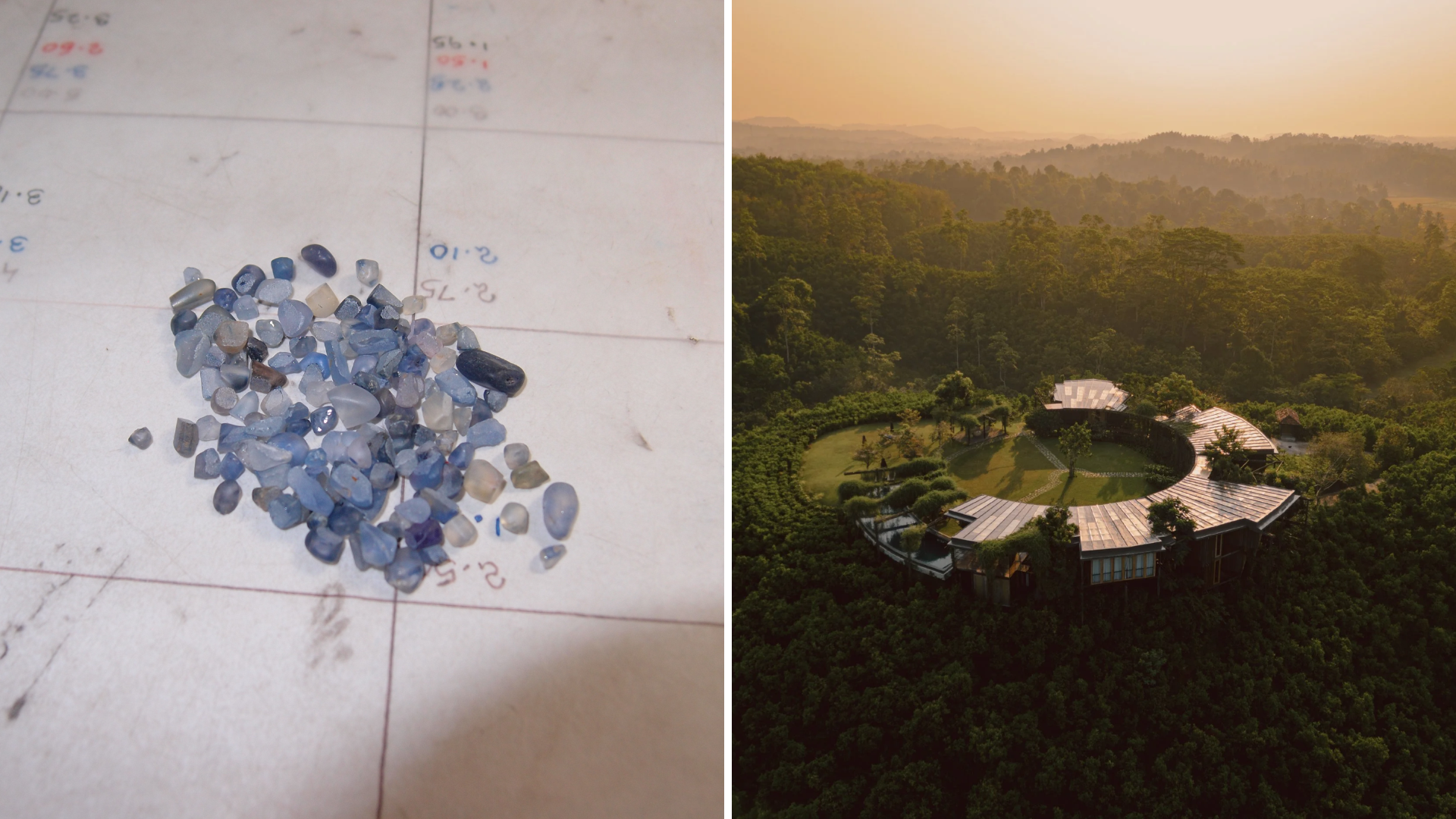 Love jewellery? Now you can book a holiday to source rare gemstones
Love jewellery? Now you can book a holiday to source rare gemstonesHardy & Diamond, Gemstone Journeys debuts in Sri Lanka in April 2026, granting travellers access to the island’s artisanal gemstone mines, as well as the opportunity to source their perfect stone
-
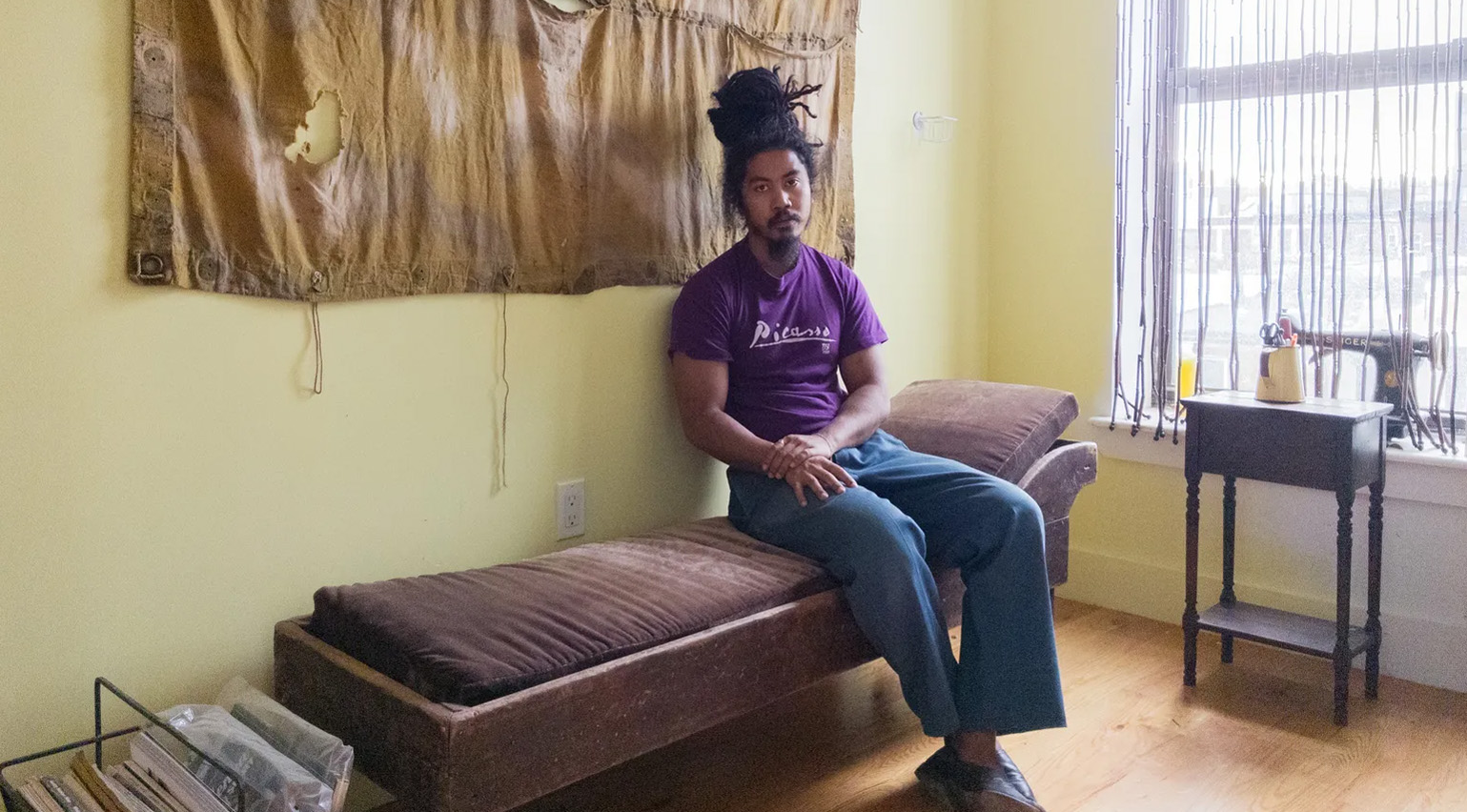 The rising style stars of 2026: Connor McKnight is creating a wardrobe of quiet beauty
The rising style stars of 2026: Connor McKnight is creating a wardrobe of quiet beautyAs part of the January 2026 Next Generation issue of Wallpaper*, we meet fashion’s next generation. Terming his aesthetic the ‘Black mundane’, Brooklyn-based designer Connor McKnight is elevating the everyday
-
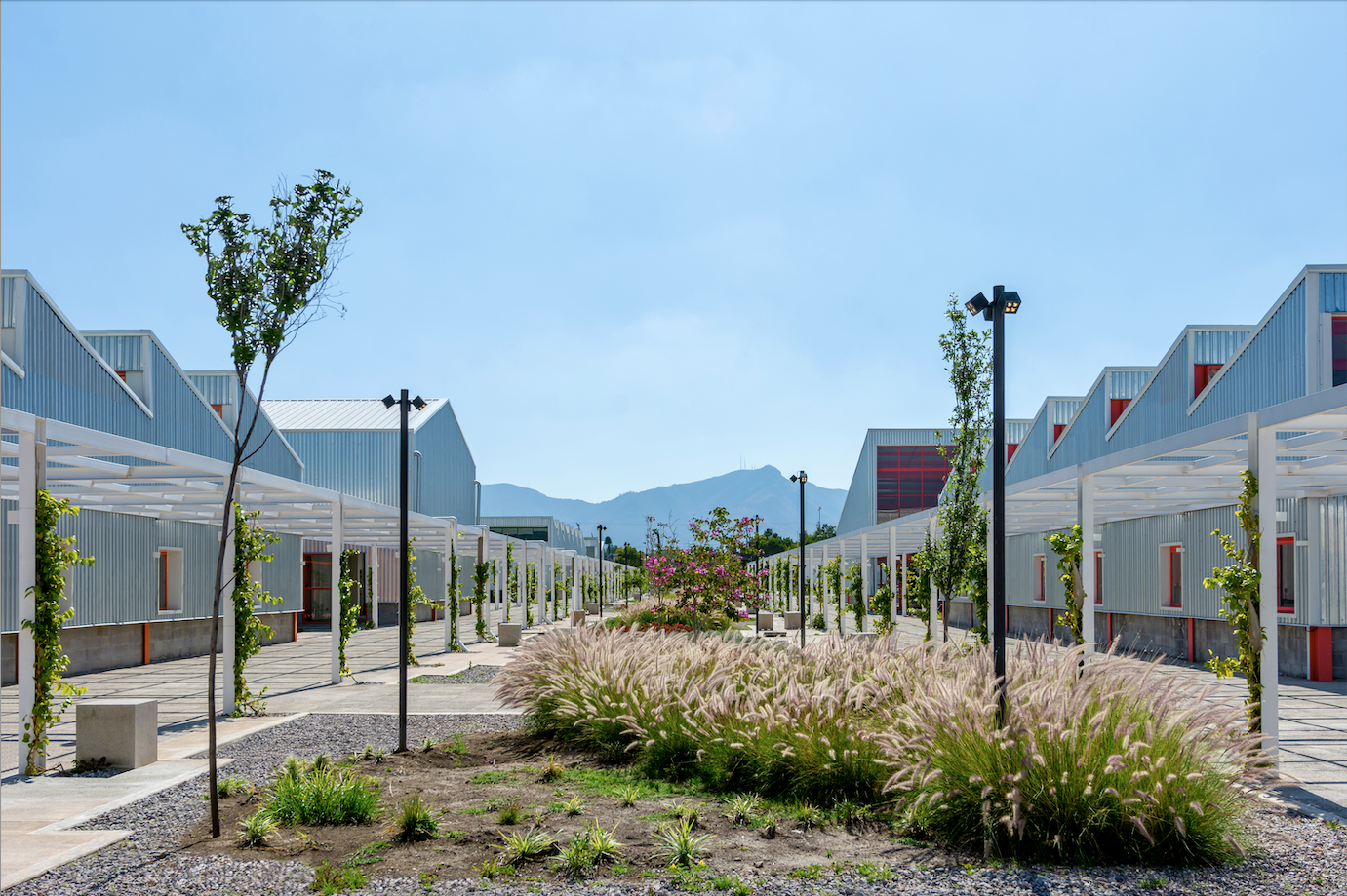 Mexico's Office of Urban Resilience creates projects that cities can learn from
Mexico's Office of Urban Resilience creates projects that cities can learn fromAt Office of Urban Resilience, the team believes that ‘architecture should be more than designing objects. It can be a tool for generating knowledge’
-
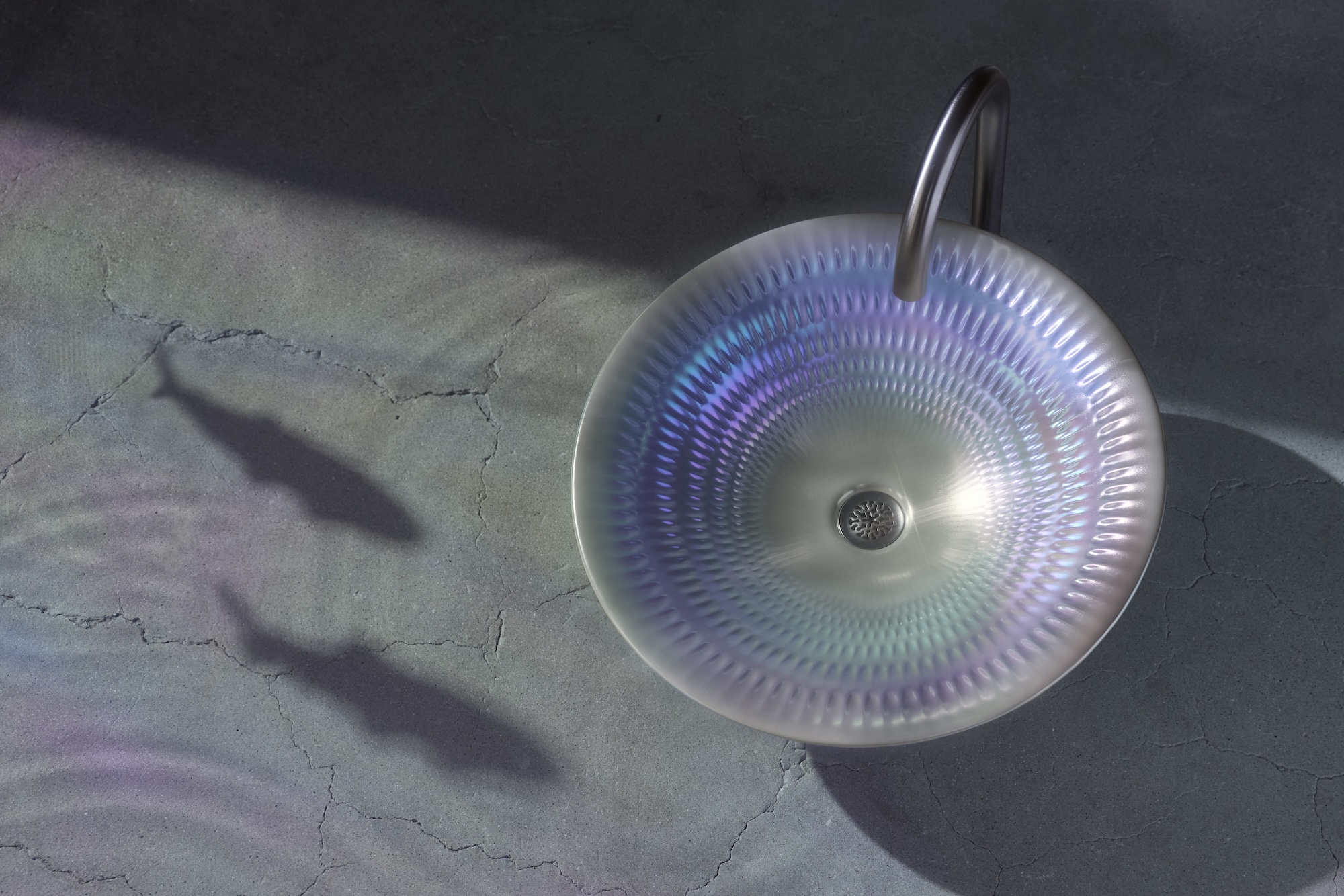 Kohler unveils ‘Pearlized’, an iridescent new bathroom finish with an under-the-sea backstory
Kohler unveils ‘Pearlized’, an iridescent new bathroom finish with an under-the-sea backstoryArtist David Franklin was inspired by glimmering fish scales and sunsets for this mesmerising debut
-
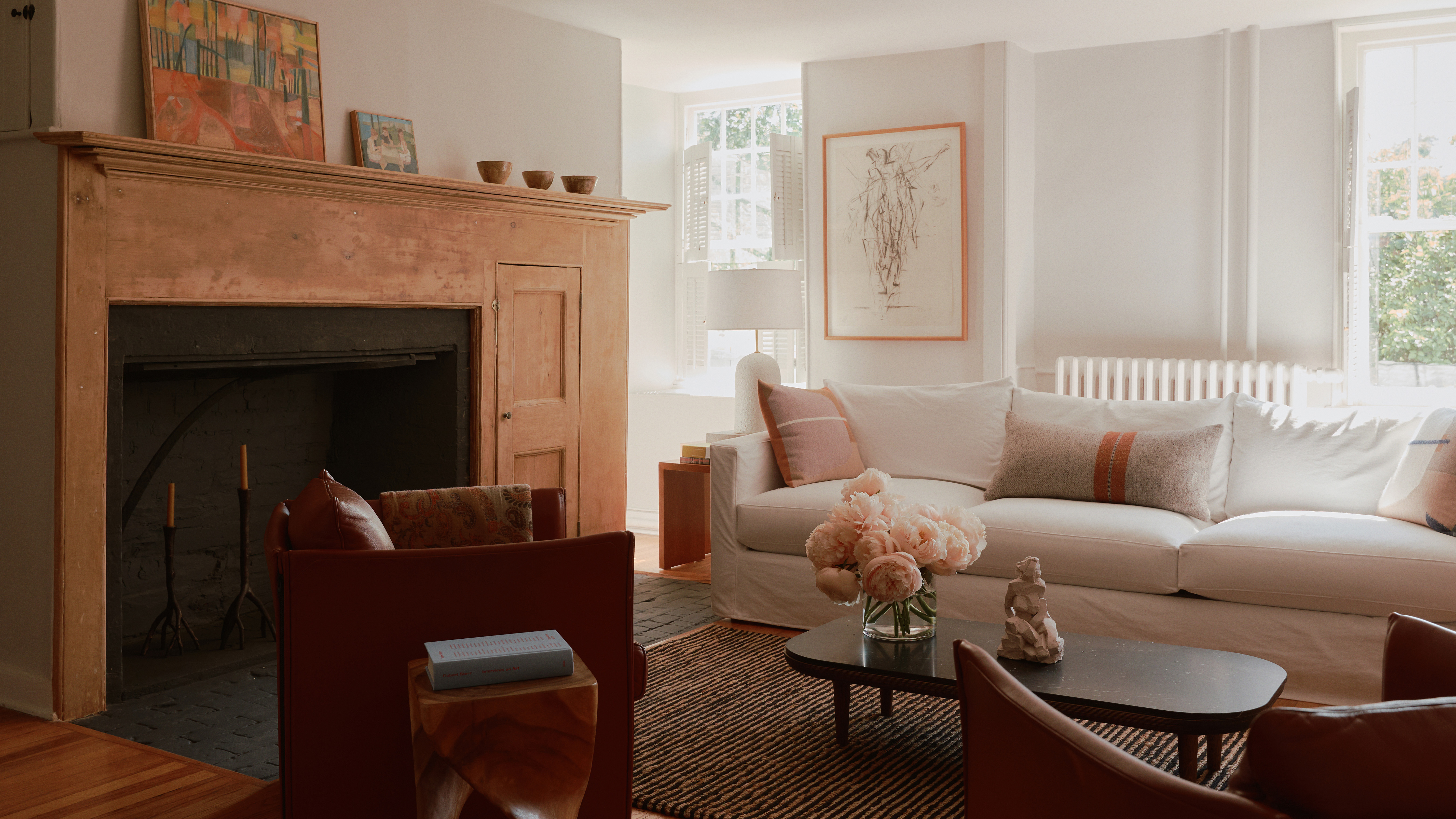 Once overrun with florals, this old Hudson farmhouse is now a sprawling live-work artist’s retreat
Once overrun with florals, this old Hudson farmhouse is now a sprawling live-work artist’s retreatBuilt in the 1700s, this Hudson home has been updated into a vast creative compound for a creative, yet still exudes the ‘unbuttoned’ warmth of its first life as a flower farm
-
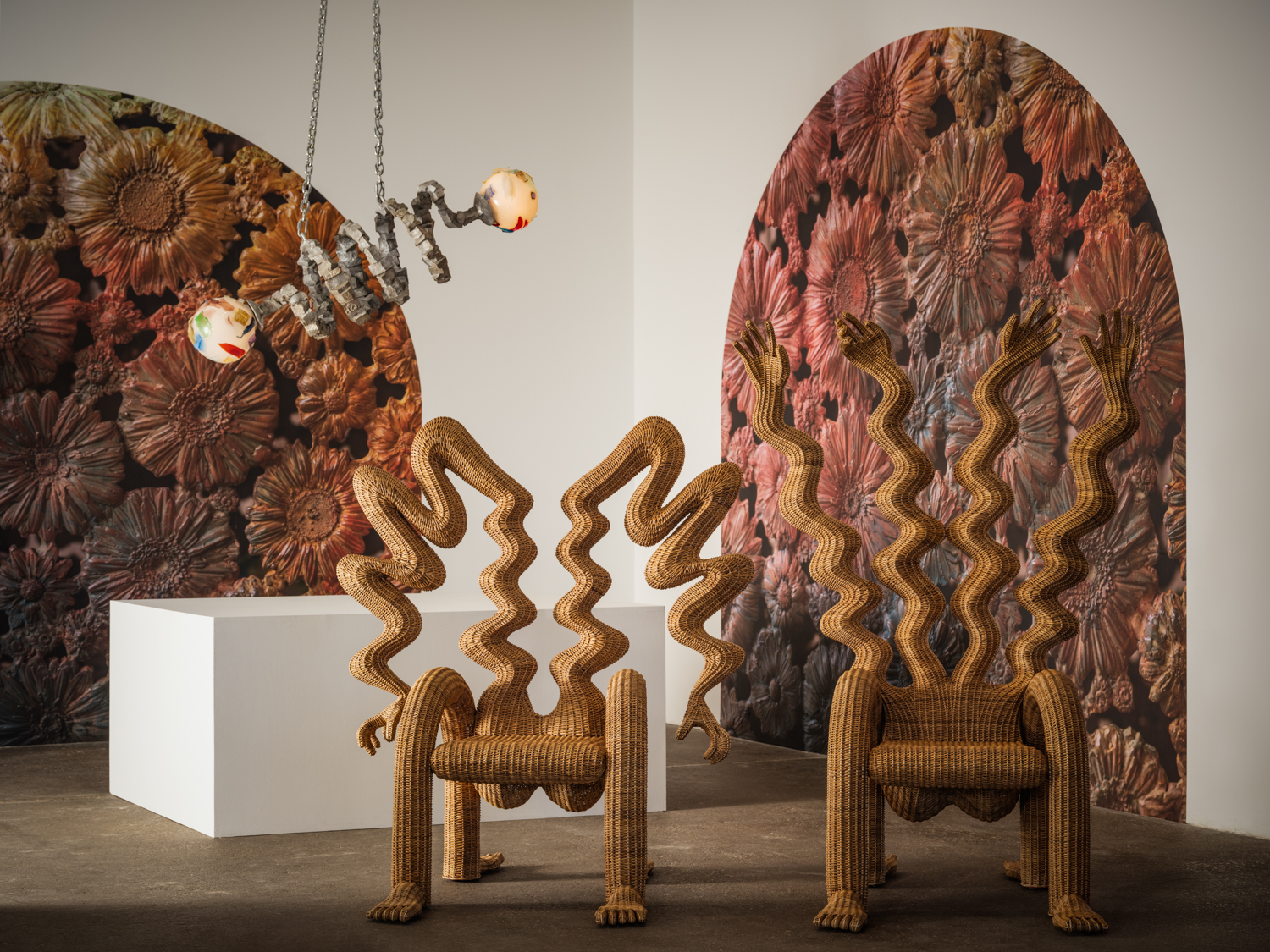 Chris Wolston’s first-ever museum show bursts with surreal forms and psychedelic energy
Chris Wolston’s first-ever museum show bursts with surreal forms and psychedelic energy‘Profile in Ecstasy,’ opening at Dallas Contemporary on 7 November, merges postmodern objects with Colombian craft techniques
-
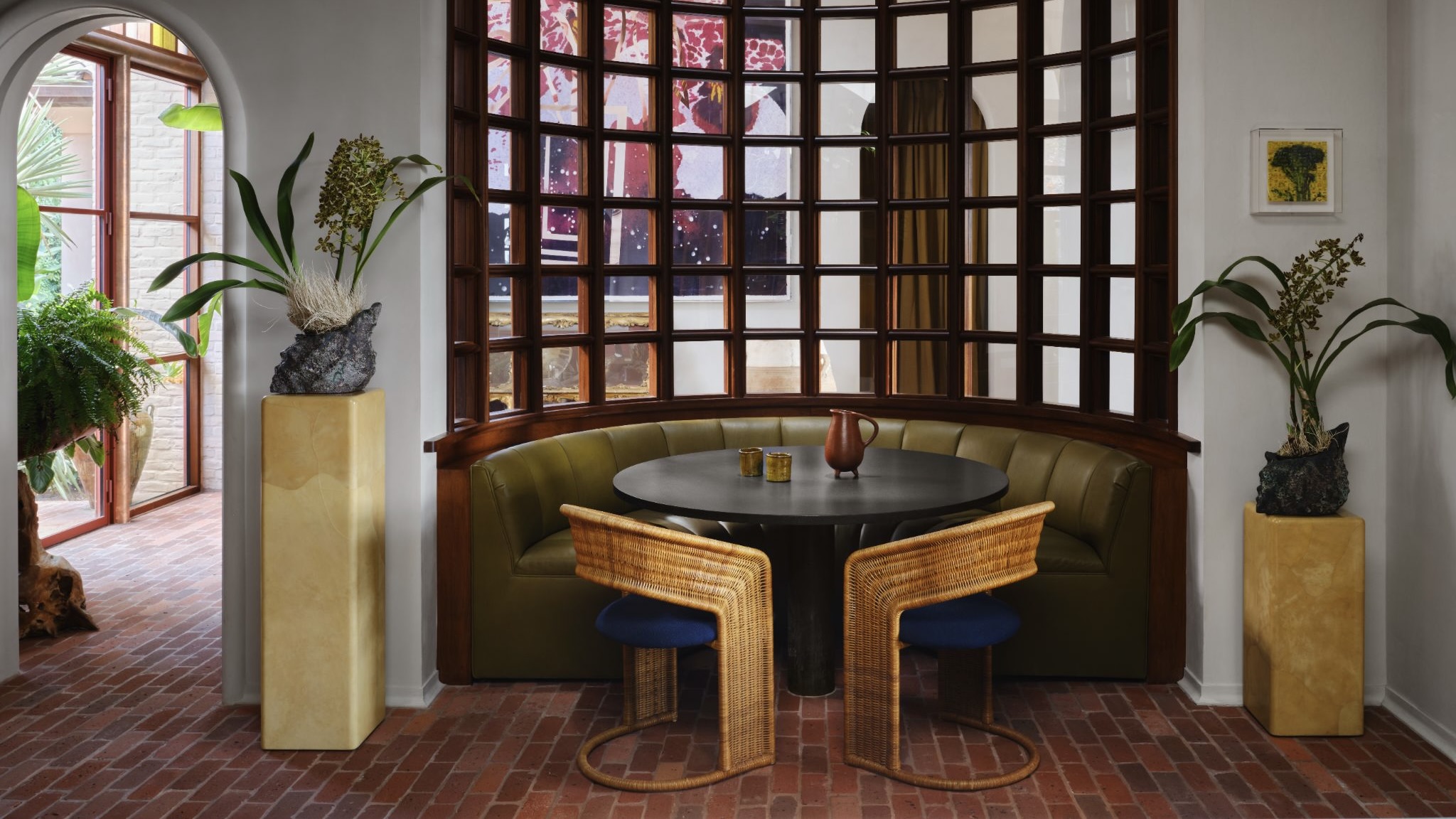 How an Austin home went from 'Texan Tuscan' to a lush, layered escape inspired by the Alhambra
How an Austin home went from 'Texan Tuscan' to a lush, layered escape inspired by the AlhambraThe intellectually curious owners of this Texas home commissioned an eclectic interior – a true ‘cabinet of curiosities’ layered with trinkets and curios
-
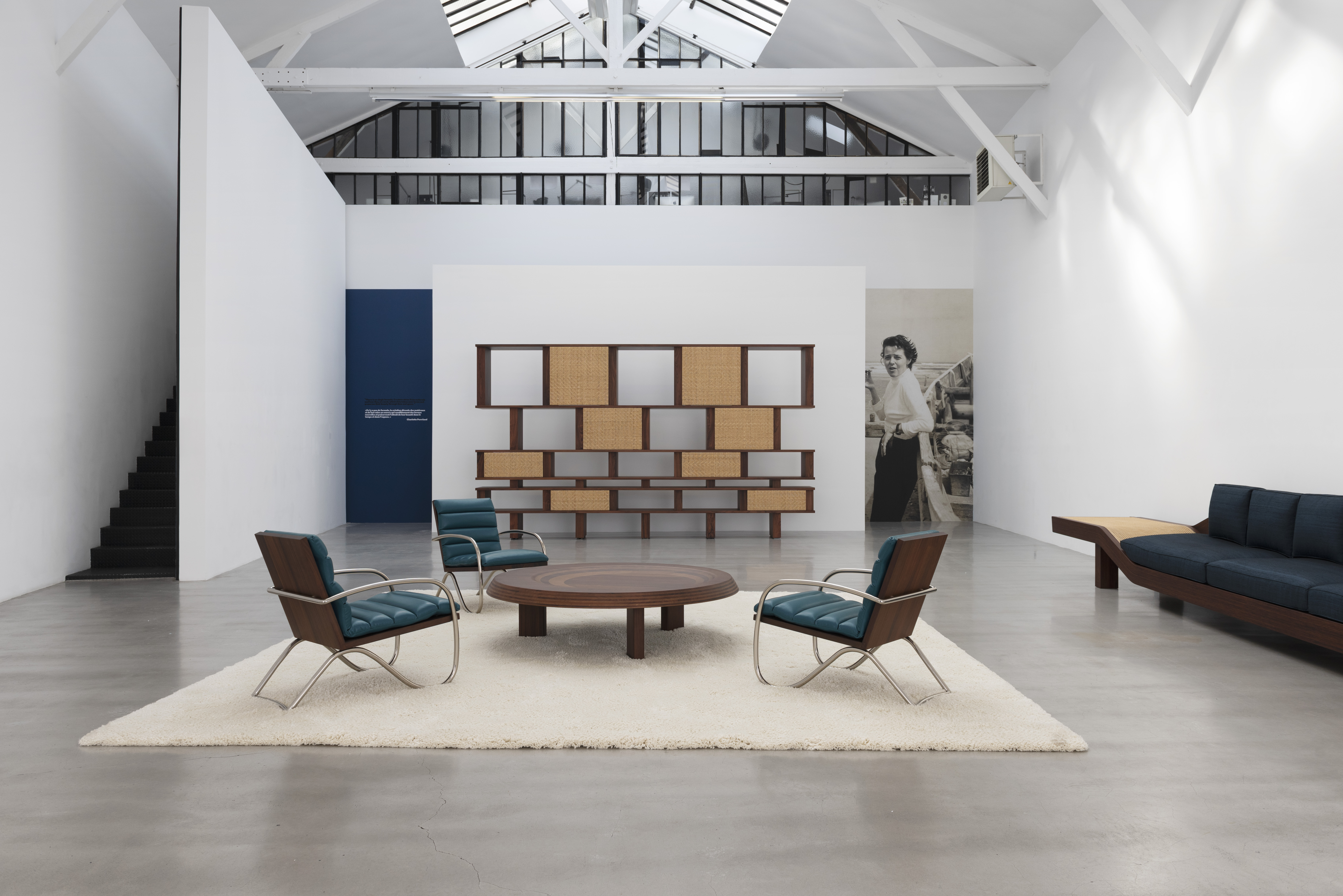 Saint Laurent's Anthony Vaccarello curates four rare Charlotte Perriand reissues
Saint Laurent's Anthony Vaccarello curates four rare Charlotte Perriand reissuesThese lesser-seen Charlotte Perriand furniture designs are reissued in a limited edition and on display at Paris' Galerie Patrick Seguin (until 22 November 2025)
-
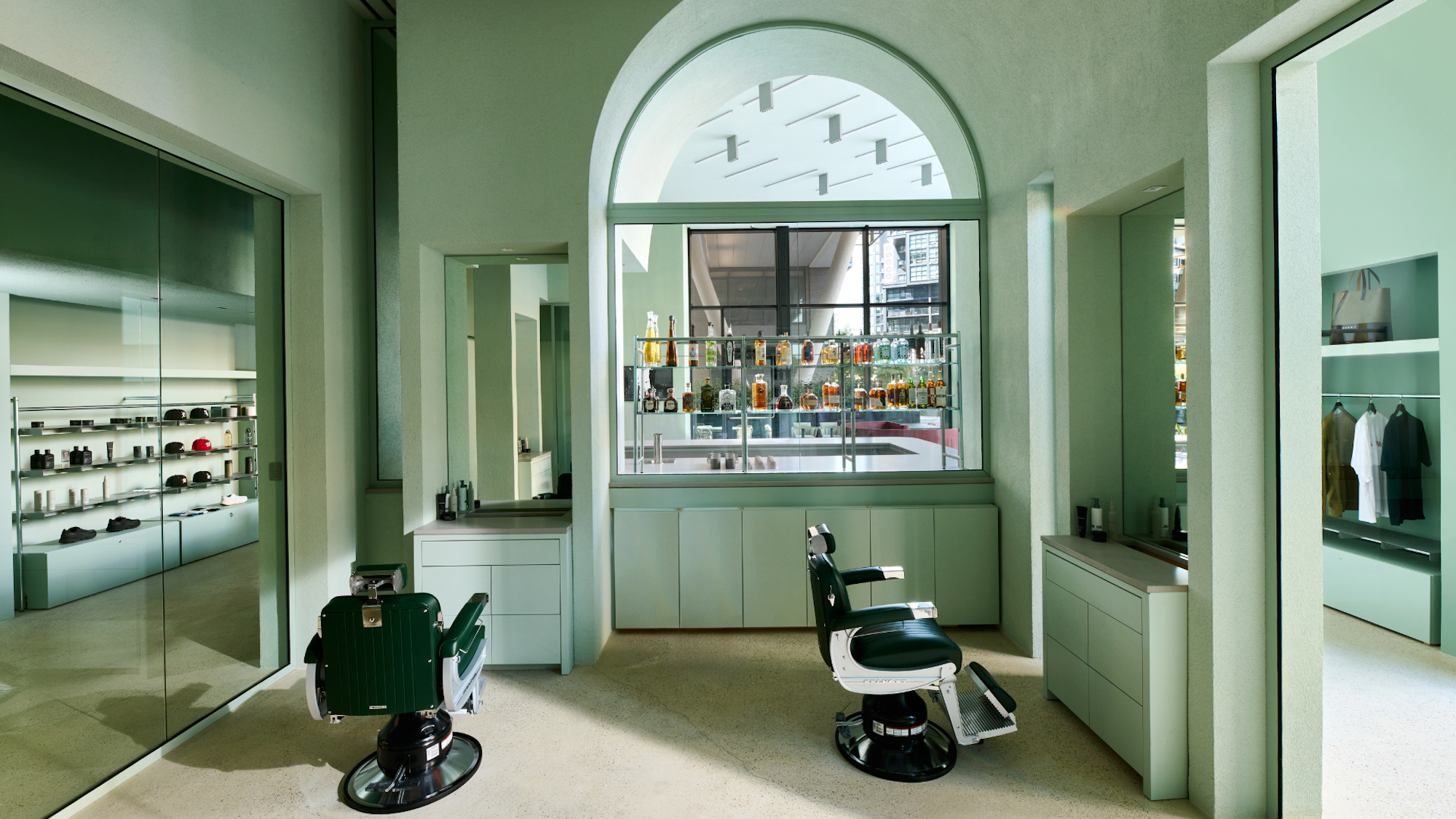 With a secret members’ club, this Washington, DC barbershop is a ‘theatre of self-care’
With a secret members’ club, this Washington, DC barbershop is a ‘theatre of self-care’At Manifest 002, come for a haircut; stay for the boldly hued social spaces designed by INC Architecture & Design
-
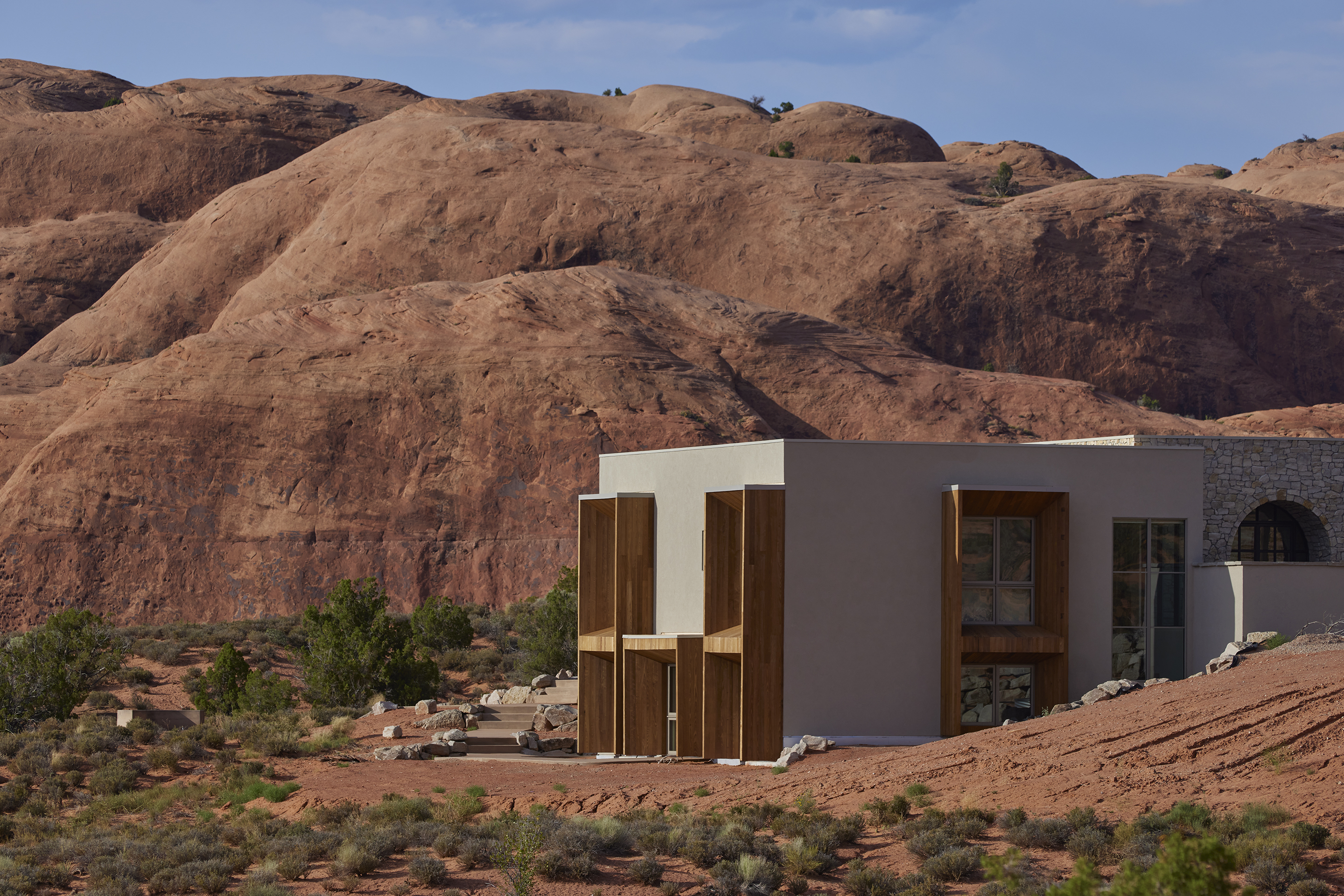 Step inside a ‘dream desert sanctuary’ tucked into Moab's rust-red landscape
Step inside a ‘dream desert sanctuary’ tucked into Moab's rust-red landscapeSusannah Holmberg designed this home to harmonise with the extreme climate and dramatic surroundings of Utah’s Moab desert. 'The landscape is everything'
-
 Nicole Hollis launches a collection of home objects ‘rooted in mindfulness’
Nicole Hollis launches a collection of home objects ‘rooted in mindfulness’The American interior designer worked with artists, makers and artisans to create objects for the home, emphasising materiality and visual simplicity